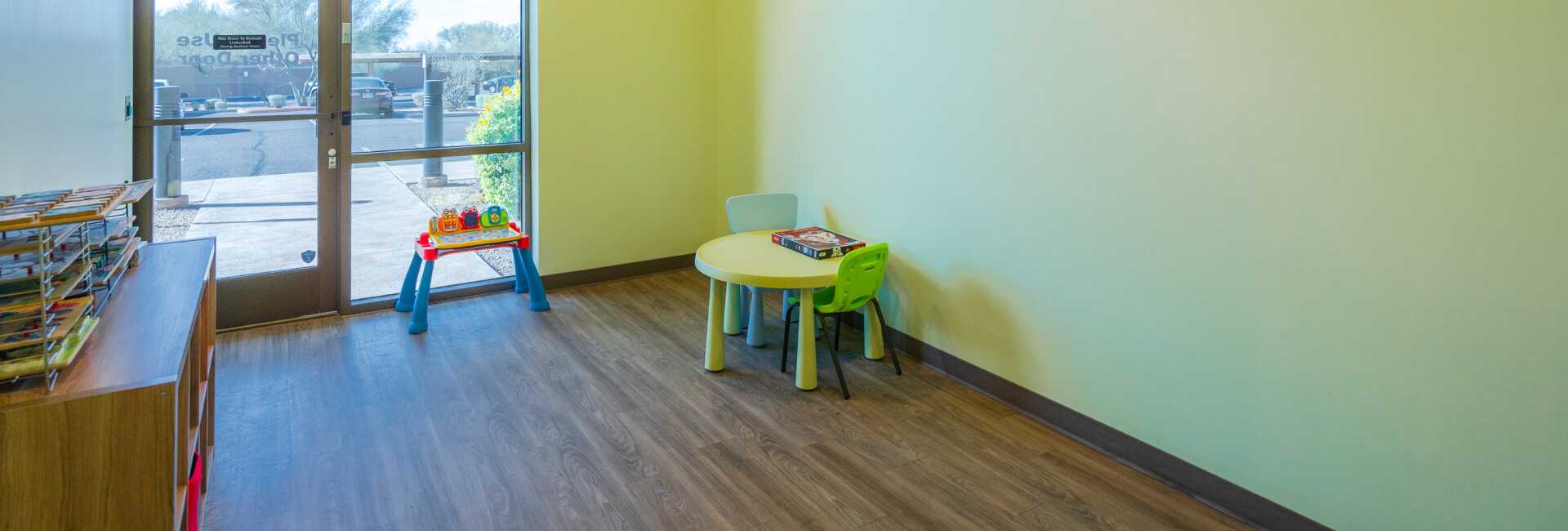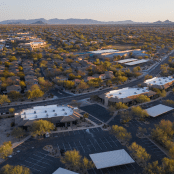ABA School: 7 Things To Expect
ABA School: 7 Things to Expect
If you’re a parent with a young child and you have been looking at alternative forms of education for your child, you may have come across schools that teach an Applied Behavior Analysis curriculum (or ABA for short). ABA schools excel in the science of teaching and learning. Instead of setting a yearlong curriculum for all students to follow, ABA tracks each individual child’s progress and needs and adapts to the unique needs. If something isn’t working for a child, it is the job of the teachers and supervisors to come up with a new, custom tailored method to help that child achieve their goals. An exceptional ABA school will provide learners with a learner-driven, positive environment which strives to foster a love of learning in each and every student.
What is ABA (Applied Behavior Analysis)?
One of the defining characteristics of applied behavior analysis (ABA) is the continuous measurement of behavior and learning. When the principles of ABA are applied to the school setting, it is paramount that every student response is recorded, graphed, and analyzed to measure progress and adjust programming as necessary. Although many programs and schools claim to be “ABA schools”, the level of measurement and data analysis being conducted on student responding often does not meet the minimum requirements to elicit effective behavior change or increase acquisition of new academic learning tasks.
7 things to expect from an ABA school:
- A customized routine
Some children thrive in a highly structured daily routine and may be thrown off by changes. Other children may need new creative learning methods introduced daily to keep them engaged. Every child has different needs and it is the job of ABA school teachers to identify and cater to those unique needs.
- Assistance with toilet training and other self-help skills
Many pre-schools expect children to be toilet trained before attending school. ABA schools are prepared to assist with these and other self-help skills.
- Embedding learning into play time
While it may not be obvious, the daily ABA school schedule implements learning in every activity. Show and tell is a lesson in communicating with and without prompts. Circle time includes lessons in comprehension and participation.
- Working closely with the school directors and supervisors to custom tailor your child ’s curriculum and changing needs.
A good ABA school should have a decision-making protocol in place.
- A lot of data, graphs, and progress reports
There is a proven science of teaching and learning. Data collection and graphs are proof of this which is why ABA schools track data so heavily and present parents with progress reports. By doing this, everyone involved in your child’s learning can see what programs are working, and which may need to be tweaked.
- One on One Teaching
Since your child is receiving such individualized instruction, the majority of it is done in a 1:1 setting so that the teacher can deliver care and lessons that are essential to each child.
- Access to a full and complete range of learning opportunities
There is nothing your child receives at a traditional pre-school that they will not receive at an ABA preschool. In fact, there are many more opportunities for learning and growth at an ABA-style school.
Scottsdale Children’s Institute and ABA
If you’re a parent of a young child who is interested in a preschool that teaches with an ABA curriculum, consider Scottsdale Children’s Institute. Our kindergarten readiness program starts children off on the right track, developing an enthusiasm for learning. We also put safeguards in place to set your child up for success well into the future.





